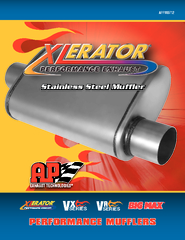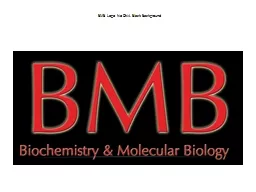PPT-<Partner logo> Technologies
Author : billiontins | Published Date : 2020-08-05
Extra Information For Teachers Content created by Last updated 18 th October 2019 Hydrogen Fuel Cell Technology Different types of fuel cells Architecture of fuel
Presentation Embed Code
Download Presentation
Download Presentation The PPT/PDF document "<Partner logo> Technologies" is the property of its rightful owner. Permission is granted to download and print the materials on this website for personal, non-commercial use only, and to display it on your personal computer provided you do not modify the materials and that you retain all copyright notices contained in the materials. By downloading content from our website, you accept the terms of this agreement.
<Partner logo> Technologies: Transcript
Download Rules Of Document
"<Partner logo> Technologies"The content belongs to its owner. You may download and print it for personal use, without modification, and keep all copyright notices. By downloading, you agree to these terms.
Related Documents














